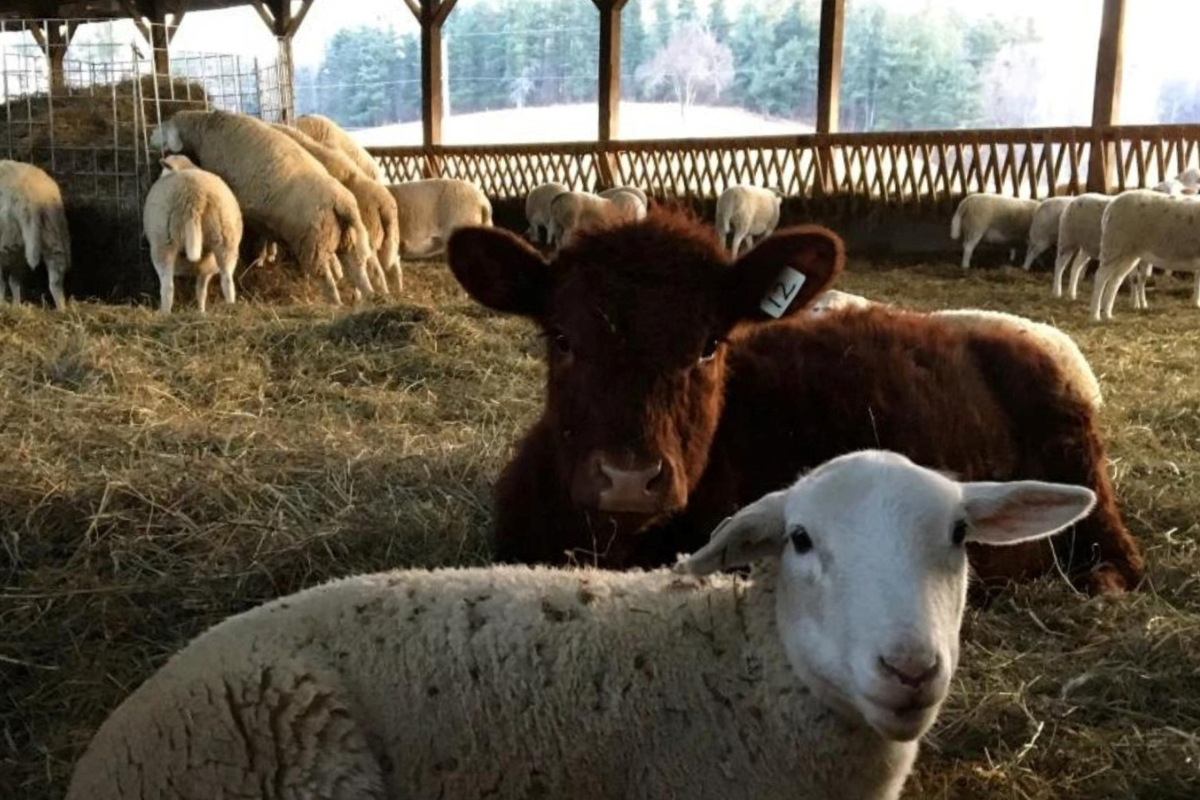CCN (Cerebrocortical Necrosis) or Polioencephalomalacia (Polio), is a noninfectious neurological disease of cattle with two basic forms:
- Acute form: Sporadically seen in feedlot cattle, where affected animals are often found in a coma.
- Mild or sub-acute form: Sporadically seen in animals on pasture.
Cause:
- Pathologically, CCN is characterized by brain swelling and necrosis of the cerebral cortex.
- Results from interference with brain metabolism, associated with a deficiency of thiamine (Vitamin B1) at the cellular level.
- Thiamine deficiency can occur due to its destruction or inadequate production in the rumen.
Clinical Signs:
- Dullness, head pressing, blindness, opisthotonos (head pushed back and up), nystagmus (involuntary eye movement), and paddling movements of the limbs.
- Affected calves show signs of meningitis due to brain cell destruction by the lack of B1.
- Calves may be found away from the group with a staggering gait, will go off their food, and if untreated, will have convulsions and die.
Treatment:
- Isolate the animal in a quiet, well-bedded pen with feed and water readily available.
- Administer vitamin B1 intravenously, followed by muscle injections every three hours for one to two days.
- If the animal is found late, other treatments like a drip may be required.
Prevention Tips:
- Maintain good rumen health
- Supply calves with vitamin B1-fortified lick buckets during summer months
- Feed extra vitamin B1 orally
- Provide fibre in troughs in fields
- Closely monitor calves and act quickly when symptoms are seen.
- Avoid or slowly introduce feeds and water with a high sulfur content.
- Be cautious when animals start grazing after a long period without grass.
If one animal is affected, it may be necessary to give the entire group a B1 injection to prevent further cases.
Explore our range of products, or contact us for personalised assistance in addressing CCN this season.



